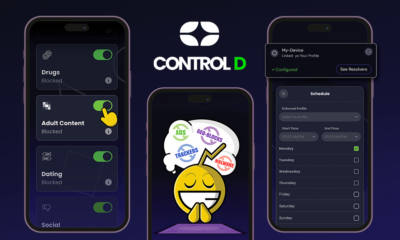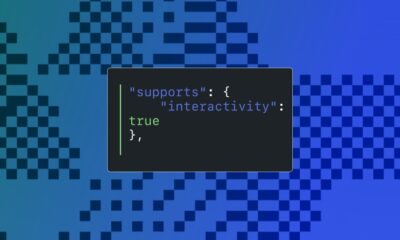The new app is called watchGPT and as I tipped off already, it gives you access to ChatGPT from your Apple Watch. Now the $10,000 question (or more accurately the $3.99 question, as that is the one-time cost of the app) is why having ChatGPT on your wrist is remotely necessary, so let’s dive into what exactly the app can do.
NEWS
Clubhouse is adding spatial audio effects to make users feel like they’re really in the room
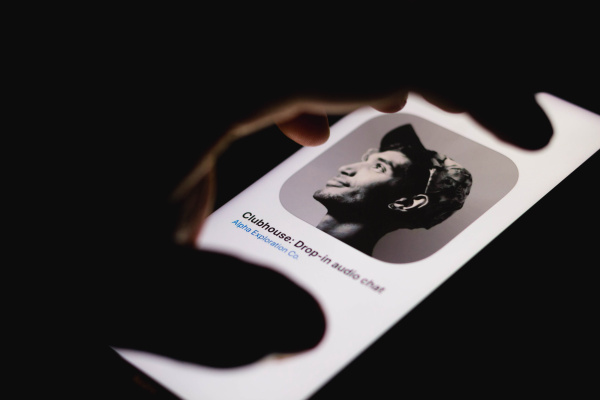
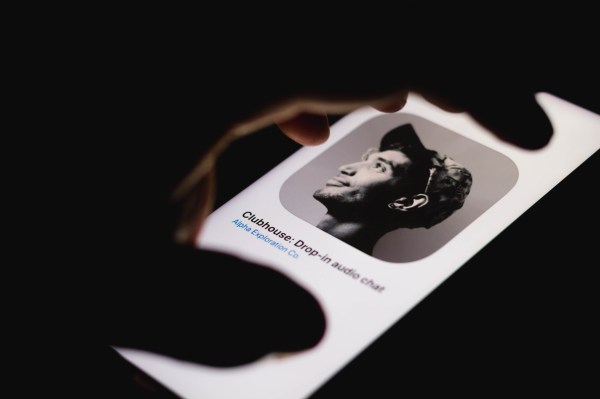
It’s been a busy summer for Clubhouse. The hit social audio app rolled out new messaging features and an Android app over the last few months and now the company is turning its attention to enhancing its core audio experience. Clubhouse announced Sunday that its rooms will now be infused with spatial audio to give the app’s listeners a richer sense of hanging out live with a group of other people.
TechCrunch spoke with Clubhouse’s Justin Uberti about the decision to add spatial audio, which has the effect of making different speakers sound like they’re coming from different physical locations instead of just one spot.
Uberti joined Clubhouse in May as its head of streaming technology after more than a decade at Google where he created Google Duo, led the Hangouts team and most recently worked on Google’s cloud gaming platform Stadia. Uberti also created the WebRTC standard that Clubhouse was built on top of.
“One of the things you realize in these group audio settings is that you don’t get quite the same experience as being in a physical space,” Uberti said.
While Clubhouse and other voice chat apps bring people together in virtual social settings, the audio generally sounds relatively flat, like it’s emanating from a single central location. But at the in-person gatherings Clubhouse is meant to simulate, you’d be hearing audio from all around the room, from the left and right of a stage to the various locations in the audience where speakers might ask their questions.
To pull off the new audio tricks, Clubhouse is integrating an API from Second Life creator Philip Rosedale’s spatial audio company High Fidelity and blending it with the company’s own custom audio processing, tuned for the chat app.
High Fidelity’s HRTF technology, which stands for “Head Related Transfer Function,” maps speech to different virtual locations by subtly adding a time delay between stereo channels and replicating the way that high and low frequencies would sound entering the ear depending on a sound’s origin.
The result, long used in social VR, gives virtual social experiences a sense of physical presence that good records have been pulling off for ages. Think listening to Pink Floyd’s Dark Side of the Moon in stereo with good headphones but instead of sound effects and instruments playing around your head, you’re hearing the people you’re hanging out with arrayed in virtual space.
According to Uberti, Clubhouse’s implementation will be subtle, but noticeable. While the audio processing will “gently steer conversation” to put most speakers in front of the listener, Clubhouse users should have a new sense that people are speaking from different physical locations.
The new audio features will roll out Sunday to the majority of iOS users, reaching the rest of Clubhouse’s iOS and Android users within the next few weeks. The experience will be available to everyone in time, but users will also have the ability to toggle spatial audio off.
Clubhouse will use the same virtual soundstage techniques to give large rooms a sense of sounding large while making more intimate rooms sound like they’re actually happening in a smaller physical space. And because most people use headphones to participate on Clubhouse, most of the app’s users can benefit from the effects possible through two-channel stereo sound.
“You have this notion of people [being] in a space, in a room… We try to mimic the feel of how it would be in a circle with people standing around talking.”
Uberti also notes that spatial audio could give regular Clubhouse users a less obvious benefit. It’s possible that regular, non-spatialized audio in social apps contributes to the pandemic-era phenomenon of Zoom fatigue. As the human brain processes virtual audio like a phone call or group audio room, it differentiates between speakers in a different way than it would in a natural in-person setting.
“Your mind has to figure out who’s talking. Without spatial cues you have to use timbre… that requires more cognitive effort,” Uberti said. “This could actually make for a more enjoyable experience aside from more immersion.”
It’s too early to know how Clubhouse’s many subcommunities will take to the spatial audio effects, but it could enhance experiences like comedy, music and even ASMR on the app quite a bit.
“Someone tells a joke and it often feels really flat,” Uberti said. “But on Clubhouse, when you feel the laughter come from all around you, it feels a lot like a comedy club experience.”
Facebook Faces Yet Another Outage: Platform Encounters Technical Issues Again
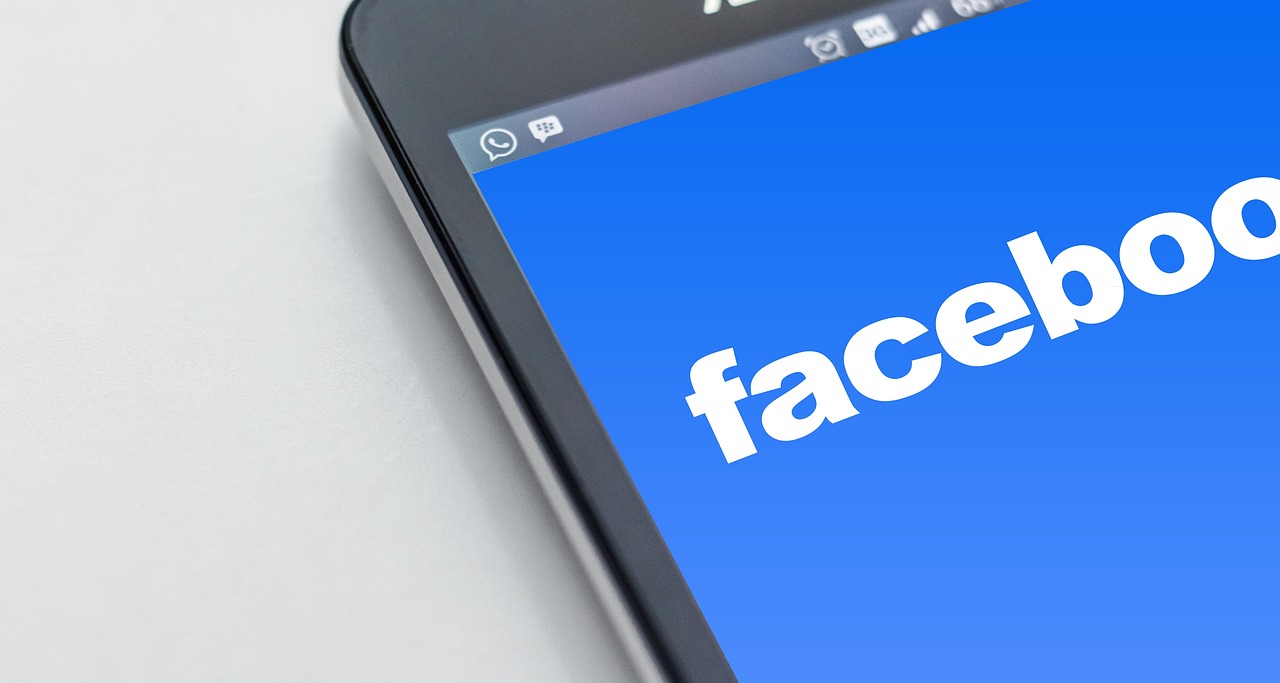
Uppdated: It seems that today’s issues with Facebook haven’t affected as many users as the last time. A smaller group of people appears to be impacted this time around, which is a relief compared to the larger incident before. Nevertheless, it’s still frustrating for those affected, and hopefully, the issues will be resolved soon by the Facebook team.
Facebook had another problem today (March 20, 2024). According to Downdetector, a website that shows when other websites are not working, many people had trouble using Facebook.
This isn’t the first time Facebook has had issues. Just a little while ago, there was another problem that stopped people from using the site. Today, when people tried to use Facebook, it didn’t work like it should. People couldn’t see their friends’ posts, and sometimes the website wouldn’t even load.
Downdetector, which watches out for problems on websites, showed that lots of people were having trouble with Facebook. People from all over the world said they couldn’t use the site, and they were not happy about it.
When websites like Facebook have problems, it affects a lot of people. It’s not just about not being able to see posts or chat with friends. It can also impact businesses that use Facebook to reach customers.
Since Facebook owns Messenger and Instagram, the problems with Facebook also meant that people had trouble using these apps. It made the situation even more frustrating for many users, who rely on these apps to stay connected with others.
During this recent problem, one thing is obvious: the internet is always changing, and even big websites like Facebook can have problems. While people wait for Facebook to fix the issue, it shows us how easily things online can go wrong. It’s a good reminder that we should have backup plans for staying connected online, just in case something like this happens again.
NEWS
We asked ChatGPT what will be Google (GOOG) stock price for 2030

Investors who have invested in Alphabet Inc. (NASDAQ: GOOG) stock have reaped significant benefits from the company’s robust financial performance over the last five years. Google’s dominance in the online advertising market has been a key driver of the company’s consistent revenue growth and impressive profit margins.
In addition, Google has expanded its operations into related fields such as cloud computing and artificial intelligence. These areas show great promise as future growth drivers, making them increasingly attractive to investors. Notably, Alphabet’s stock price has been rising due to investor interest in the company’s recent initiatives in the fast-developing field of artificial intelligence (AI), adding generative AI features to Gmail and Google Docs.
However, when it comes to predicting the future pricing of a corporation like Google, there are many factors to consider. With this in mind, Finbold turned to the artificial intelligence tool ChatGPT to suggest a likely pricing range for GOOG stock by 2030. Although the tool was unable to give a definitive price range, it did note the following:
“Over the long term, Google has a track record of strong financial performance and has shown an ability to adapt to changing market conditions. As such, it’s reasonable to expect that Google’s stock price may continue to appreciate over time.”
GOOG stock price prediction
While attempting to estimate the price range of future transactions, it is essential to consider a variety of measures in addition to the AI chat tool, which includes deep learning algorithms and stock market experts.
Finbold collected forecasts provided by CoinPriceForecast, a finance prediction tool that utilizes machine self-learning technology, to anticipate Google stock price by the end of 2030 to compare with ChatGPT’s projection.
According to the most recent long-term estimate, which Finbold obtained on March 20, the price of Google will rise beyond $200 in 2030 and touch $247 by the end of the year, which would indicate a 141% gain from today to the end of the year.
Google has been assigned a recommendation of ‘strong buy’ by the majority of analysts working on Wall Street for a more near-term time frame. Significantly, 36 analysts of the 48 have recommended a “strong buy,” while seven people have advocated a “buy.” The remaining five analysts had given a ‘hold’ rating.
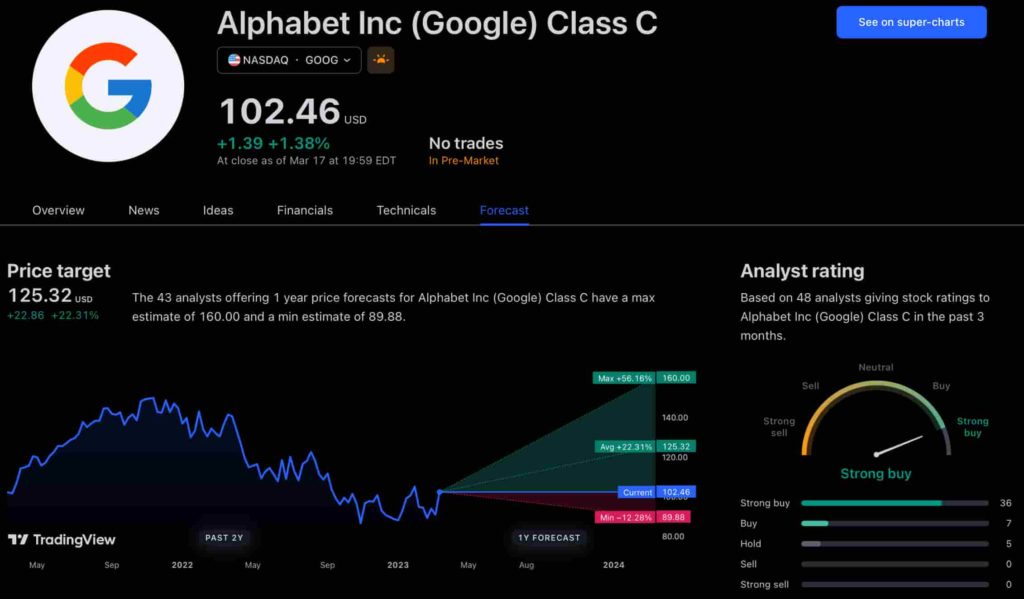
The average price projection for Alphabet stock over the last three months has been $125.32; this objective represents a 22.31% upside from its current price. It’s interesting to note that the maximum price forecast for the next year is $160, representing a gain of 56.16% from the stock’s current price of $102.46.
While the outlook for Google stock may be positive, it’s important to keep in mind that some potential challenges and risks could impact its performance, including competition from ChatGPT itself, which could affect Google’s price.
Disclaimer: The content on this site should not be considered investment advice. Investing is speculative. When investing, your capital is at risk.
NEWS
This Apple Watch app brings ChatGPT to your wrist — here’s why you want it
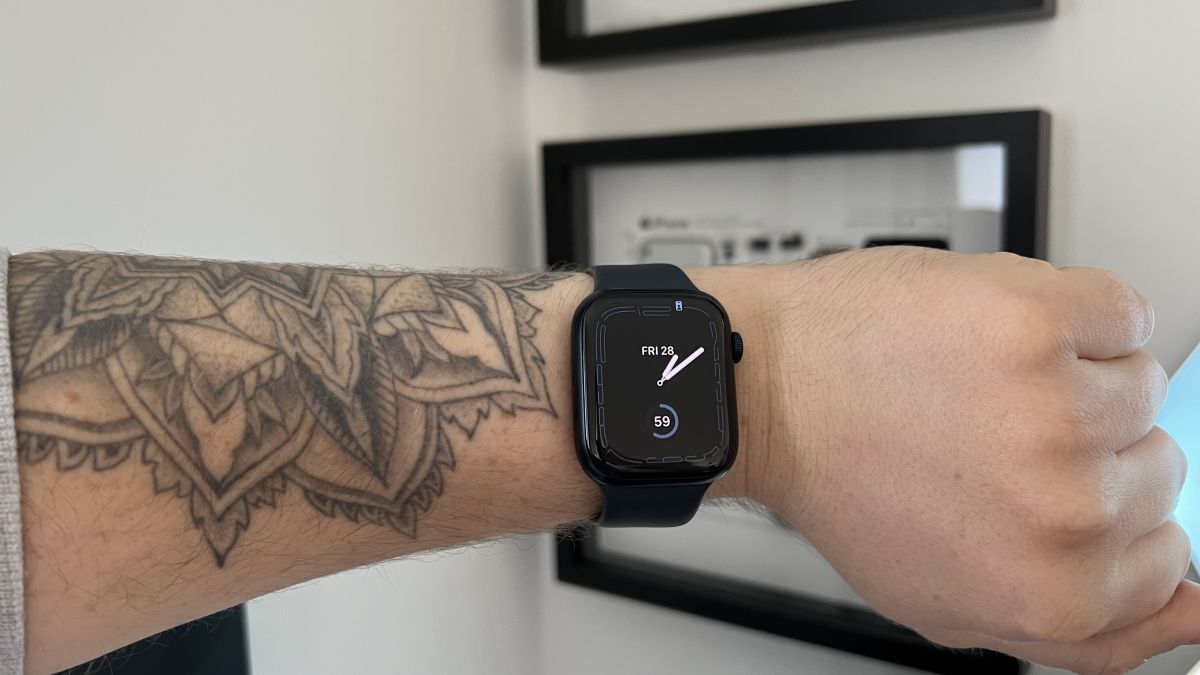
ChatGPT feels like it is everywhere at the moment; the AI-powered tool is rapidly starting to feel like internet connected home devices where you are left wondering if your flower pot really needed Bluetooth. However, after hearing about a new Apple Watch app that brings ChatGPT to your favorite wrist computer, I’m actually convinced this one is worth checking out.
-

 PPC5 days ago
PPC5 days ago19 Best SEO Tools in 2024 (For Every Use Case)
-

 MARKETING6 days ago
MARKETING6 days agoStreamlining Processes for Increased Efficiency and Results
-
SEARCHENGINES6 days ago
Daily Search Forum Recap: April 17, 2024
-

 SEO6 days ago
SEO6 days agoAn In-Depth Guide And Best Practices For Mobile SEO
-

 PPC6 days ago
PPC6 days ago97 Marvelous May Content Ideas for Blog Posts, Videos, & More
-
SEARCHENGINES5 days ago
Daily Search Forum Recap: April 18, 2024
-

 MARKETING6 days ago
MARKETING6 days agoEcommerce evolution: Blurring the lines between B2B and B2C
-
SEARCHENGINES4 days ago
Daily Search Forum Recap: April 19, 2024




